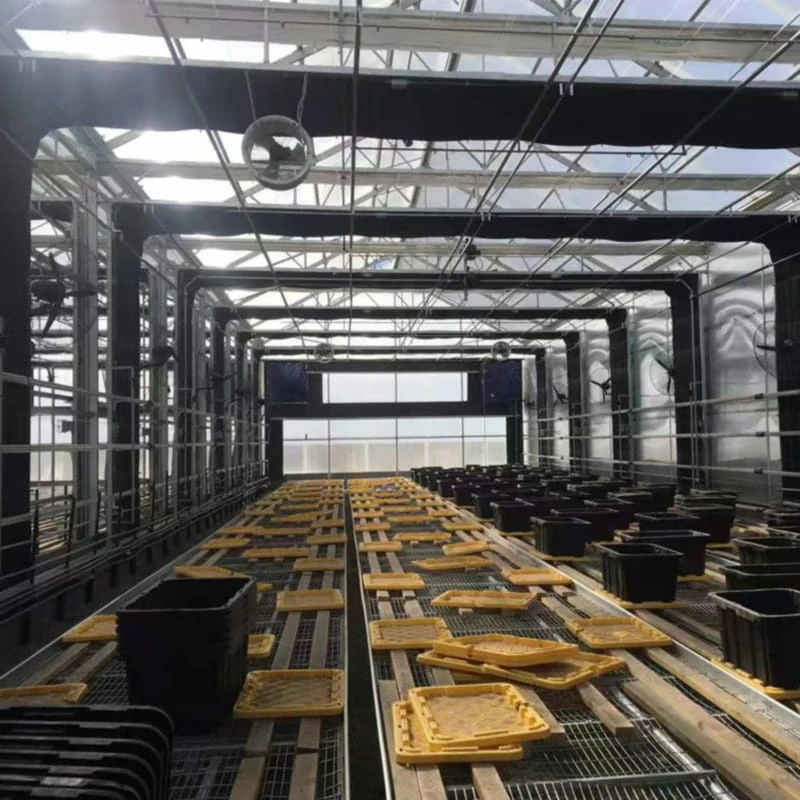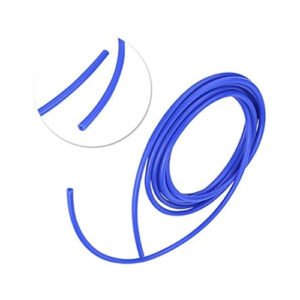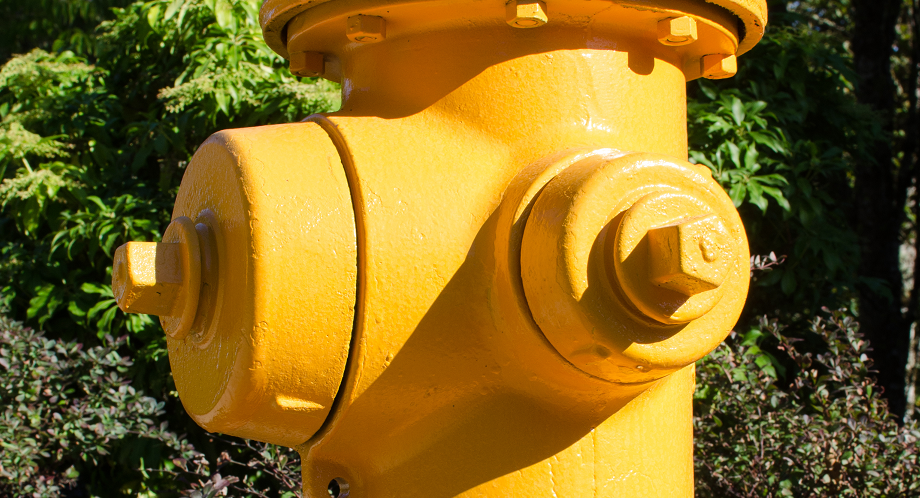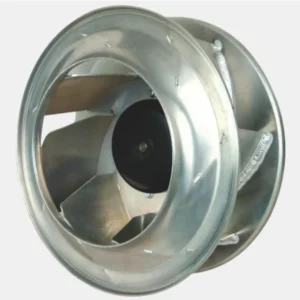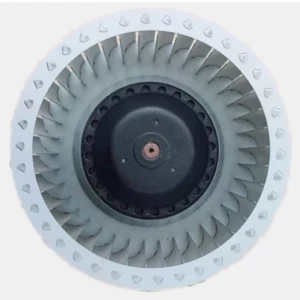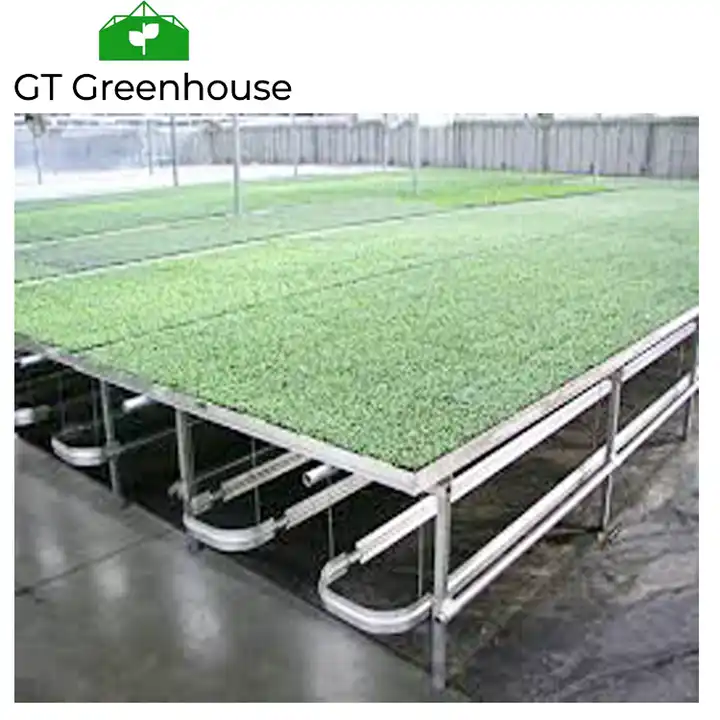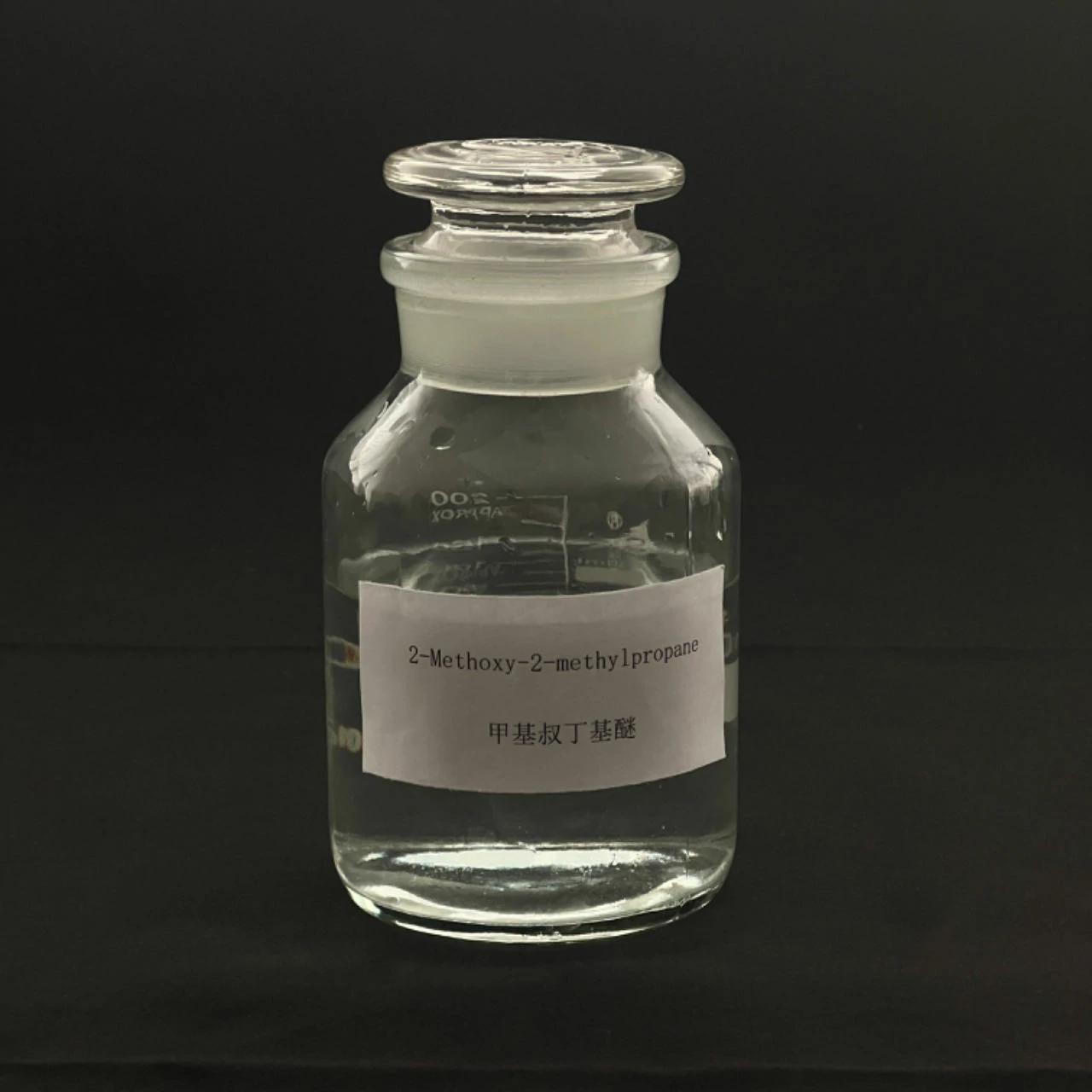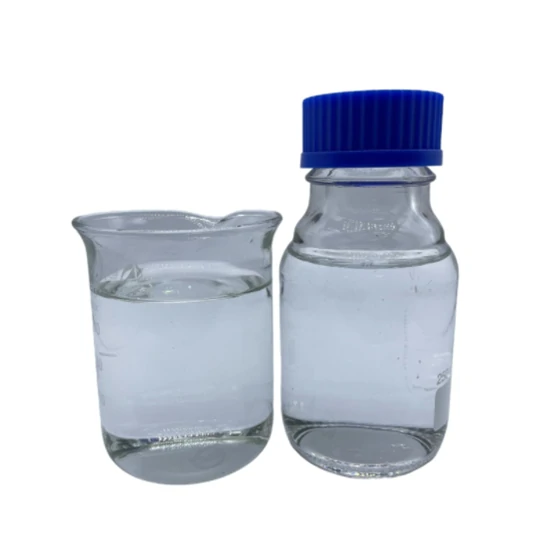Large size double flange butterfly valve are often considered the ideal choice for efficient flow control in many applications. Here are the reasons why:
Flow Efficiency:
Large size double flange butterfly valves are designed to provide efficient flow control in pipelines with large diameters. Their disc design allows for a streamlined flow path, minimizing pressure drop and turbulence. This characteristic ensures efficient fluid flow and reduces energy consumption, making them suitable for applications where maintaining high flow rates is essential.
Cost-Effective Solution:
Large size double flange butterfly valves offer a cost-effective solution for flow control in large pipelines. Compared to other valve types, such as gate valves or globe valves, they have a simpler design and require fewer materials, resulting in lower manufacturing and installation costs. Additionally, their lightweight construction reduces the need for additional structural support, further contributing to cost savings.
Quick and Easy Operation:
Double flange butterfly valves are known for their quick and easy operation. The 90-degree rotation of the disc allows for fast opening and closing, facilitating efficient flow control. This feature is particularly advantageous in applications where frequent operation is required, such as in throttling or modulating processes.
Bi-Directional Sealing:
Large size double flange butterfly valves provide bi-directional sealing, ensuring effective shut-off and preventing leakage in both flow directions. This characteristic eliminates the need for specific valve orientation during installation, simplifying piping design and reducing installation errors.
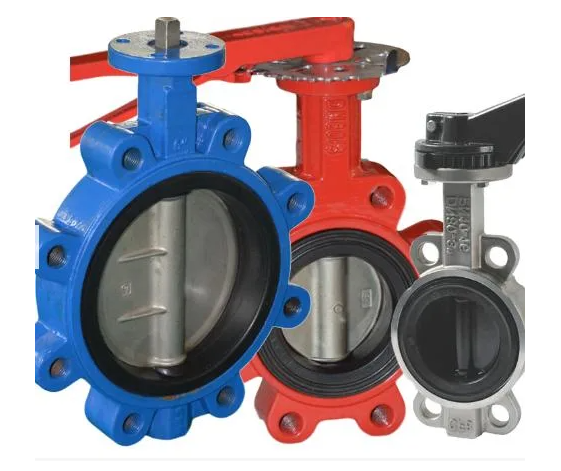
Low Maintenance Requirements:
Double flange butterfly valves have a relatively simple design with fewer moving parts, which translates into lower maintenance requirements. Routine maintenance typically involves visually inspecting the valve and ensuring proper lubrication. Their ease of maintenance contributes to reduced downtime and lower overall maintenance costs.
Compact Design and Space Efficiency:
Despite their large size, double flange butterfly valves have a compact design. This feature makes them space-efficient and allows for easier integration into pipeline systems. Their compact size also reduces material and transportation costs during installation.
Versatility:
Large size double flange butterfly valves are versatile and can be used in various industries and applications. They are suitable for handling a wide range of fluids, including water, wastewater, chemicals, gases, and slurries. Their versatility makes them a popular choice in industries such as water and wastewater treatment, oil and gas, power generation, chemical processing, and HVAC systems.
Reliability:
Double flange butterfly valves are known for their reliability and long service life. When properly selected and maintained, they can operate efficiently for extended periods. The materials used in their construction are often corrosion-resistant and can withstand harsh operating conditions, ensuring durability and longevity.
In summary, large size double flange butterfly valves are the ideal choice for efficient flow control due to their flow efficiency, cost-effectiveness, quick operation, bi-directional sealing, low maintenance requirements, space efficiency, versatility, and reliability. These valves are widely used in various industries where efficient flow control in large pipelines is crucial.
